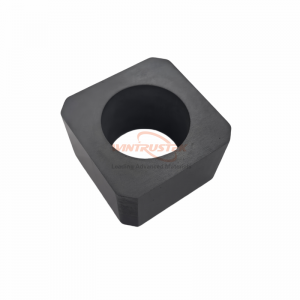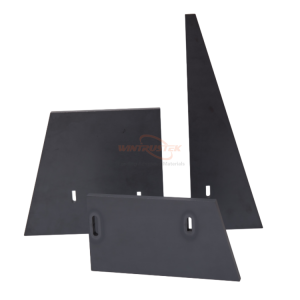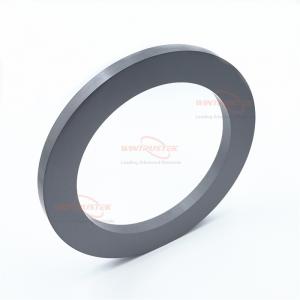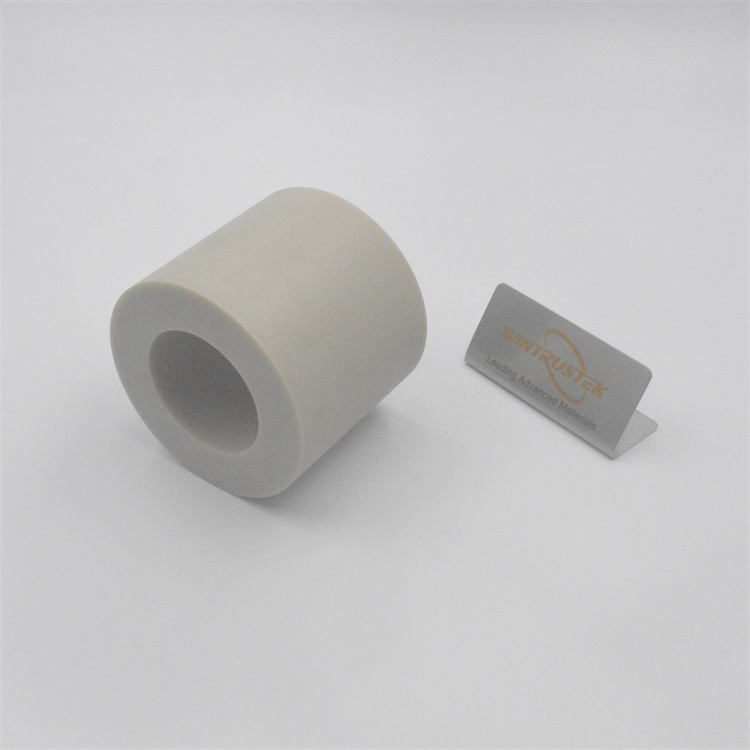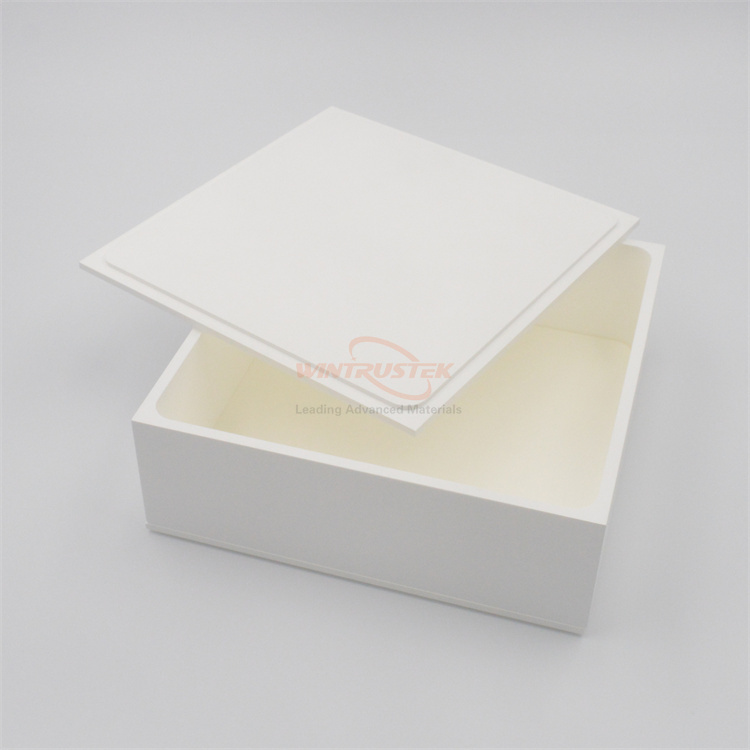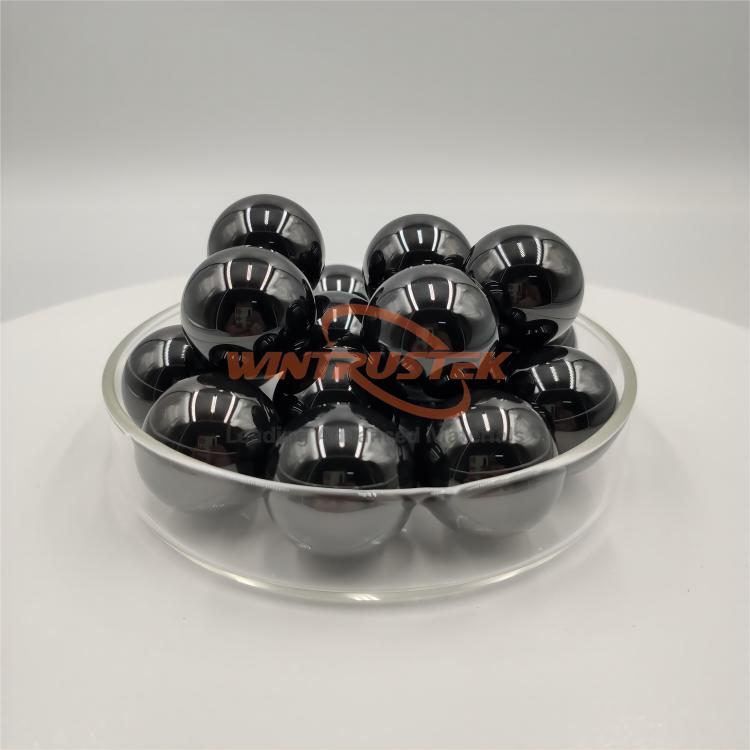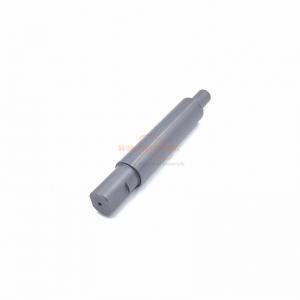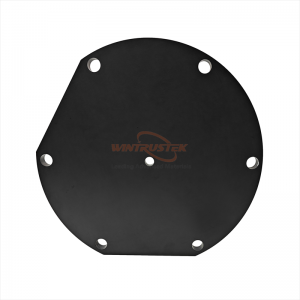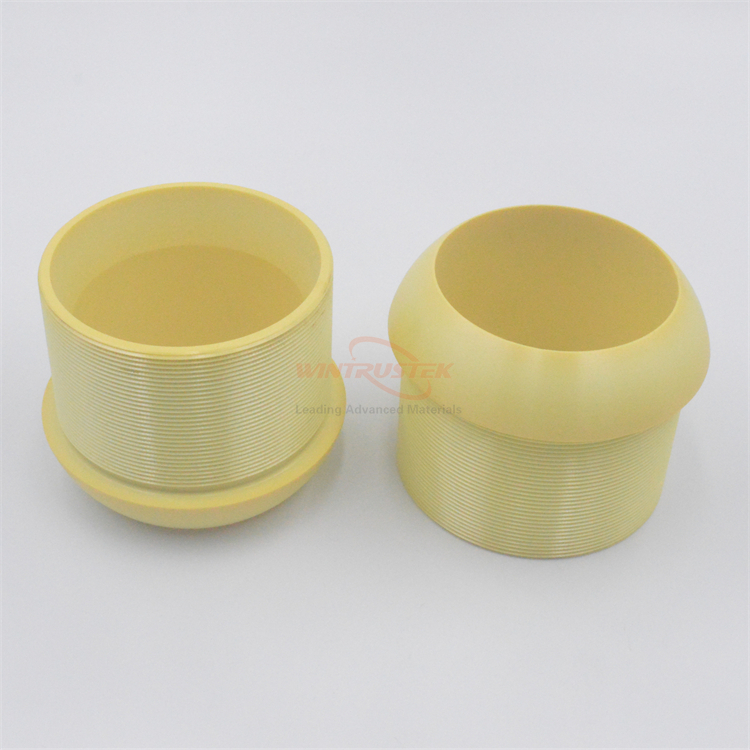
Magnesia-stabilized zirconia (MSZ) has greater resilience to erosion and thermal shock. Small tetragonal phase precipitates develop inside the cubic phase grains of transformation-toughened zirconias like magnesium-stabilized zirconia. When a fracture tries to move through the material, these precipitates change from the meta-stable tetragonal phase to the stable monoclinic phase. The precipitate enlarges as a result, blunting the fracture point and increasing toughness. Due to variations in how the raw material was prepared, MSZ can be either ivory or yellow-orange in color. MSZ, which is ivory in color, is purer and has somewhat superior mechanical qualities. In high temperatures (220°C and higher) and high moisture settings, MSZ is more stable than YTZP, and YTZP typically degrades. Besides, MSZ has a low thermal conductivity and CTE similar to cast iron, preventing thermal mismatch in ceramic-to-metal systems.
Properties
High mechanical strength
High fracture toughness
High temperature resistance
High wear resistance
High impact resistance
Good thermal shock resistance
Extremely low thermal conductivity
Thermal expansion is suitable for ceramic-to-metal assemblies
High chemical resistance (acids and bases)
Applications
Magnesia-stabilized zirconia can be utilized in valves, pumps, and gaskets because it has excellent wear and corrosion resistance. It is also the preferred material for the petrochemical and chemical processing sectors. Zirconia ceramics are a great option for numerous sectors, including:
Structural ceramics
Bearings
Wear parts
Wear sleeves
Spray nozzles
Pump sleeves
Spray pistons
Bushings
Solid oxide fuel cell parts
MWD tools
Roller guides for tube forming
Deep well, downhole parts
Magnesia-Stabilized Zirconia Machining
In its green, biscuit, or fully dense states, MSZ can be machined. When it is in green or biscuit form, it may be machined into intricate geometries quite simply. The zirconia body shrinks by around 20% during the sintering process, which is necessary to adequately densify the material. Due to this shrinkage, zirconia pre-sintering cannot be machined with extremely fine tolerances. The fully sintered material must be machined or honed with diamond tools in order to attain extremely tight tolerances. In this manufacturing technique, the material is ground by using a very fine diamond-coated tool or wheel until the required form is achieved. This can be a time-consuming and expensive process because of the material's inherent toughness and hardness.







